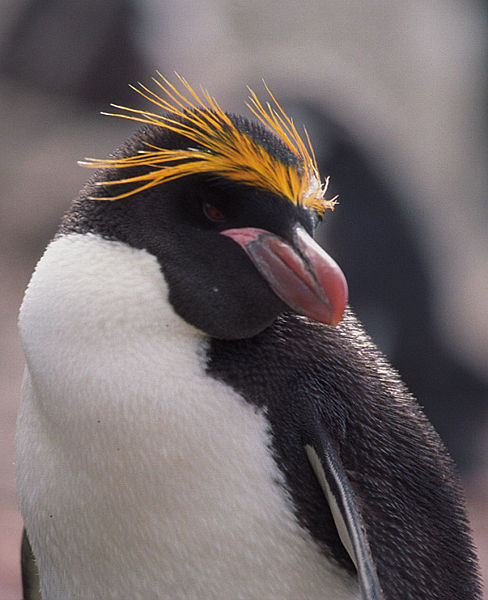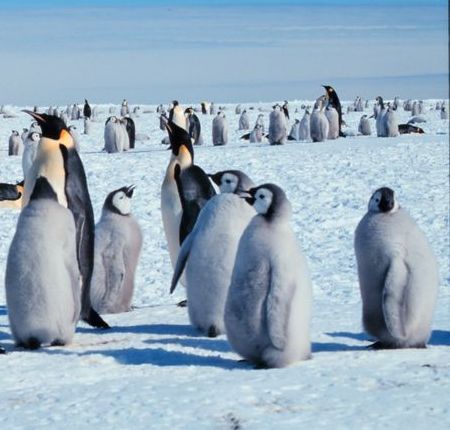kw: instructions, origami

This is the most colorful of the shapes in my
new mobile. It is made of sixty origami modules in several colors. I was taught how to make the modules by a young friend. I have not seen this type of module on any modular origami web sites (and there are many), so I'll show how it is made here. A later post will show how to assemble modules into polyhedral shapes.
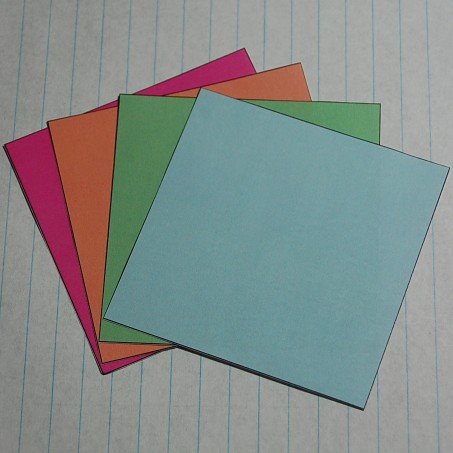
I use colored paper, rather than "origami paper", because this module totally hides one surface of the paper, so the bicolored stuff doesn't matter. For the purposes of this lesson, however, I use colored squares I made on a laser printer, so it will be easier to show which side we are working on and how the original edge gradually disappears inside. I'll use four pieces: the red one to show the basic module, and the other colors to show variations needed to get different angles, which is important because certain shapes need modules with a narrower or wider connection angle.
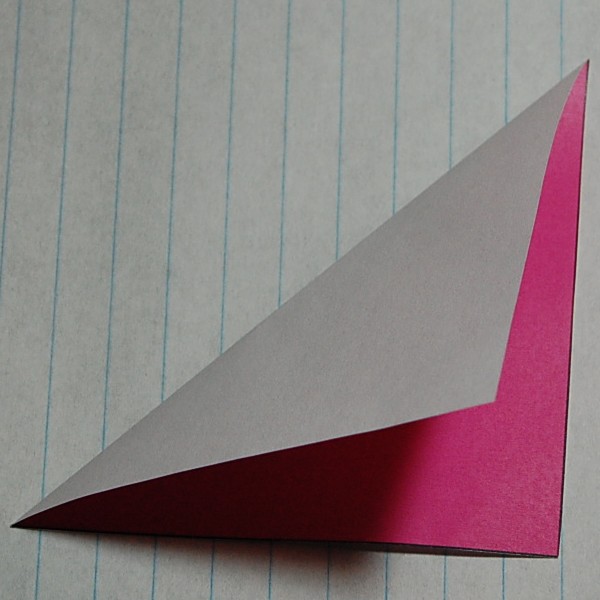
Image 1. You may have heard the terms "mountain fold" and "valley fold." These are defined in a few different ways. Here we will use the terms according to how they look at the time we will use the piece. A valley fold has its crease at the bottom of a "V", and a mountain fold is the opposite. This shows the result of folding the paper, color side up, corner to corner to make a valley fold. Do this in both diagonal directions.
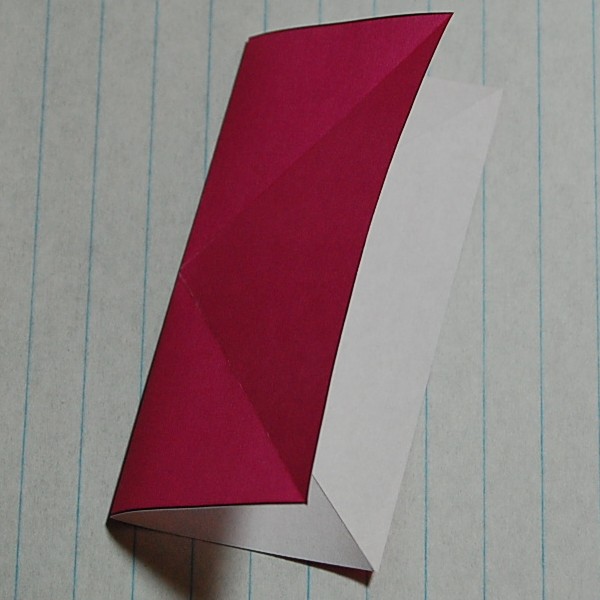
Image 2. Then open the paper, turn it over, and fold opposite edges over one another. Fold one way, then the other. These square folds are in the opposite sense of the diagonal folds.
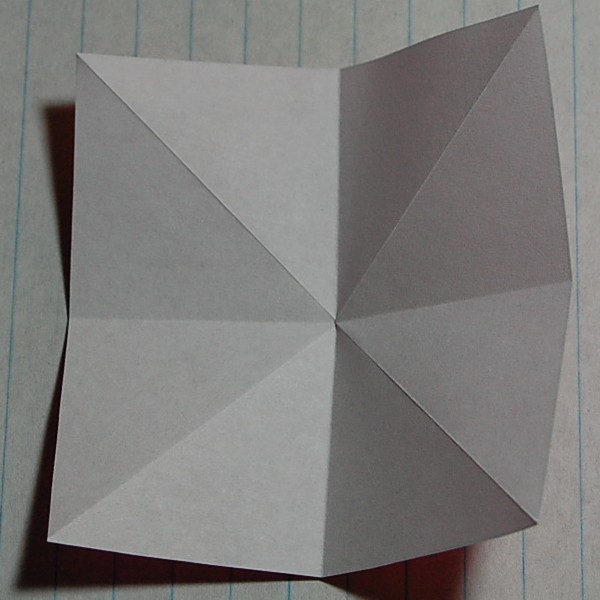
Image 3. Now open the paper so that the diagonal folds are mountain folds, and the square folds are valley folds. If you are using one-sided paper, the colored side should be down at this point. This is now the "basic fold" with which many, many origami figures begin. Talented practitioners can make this fold in just two operations. I can't!
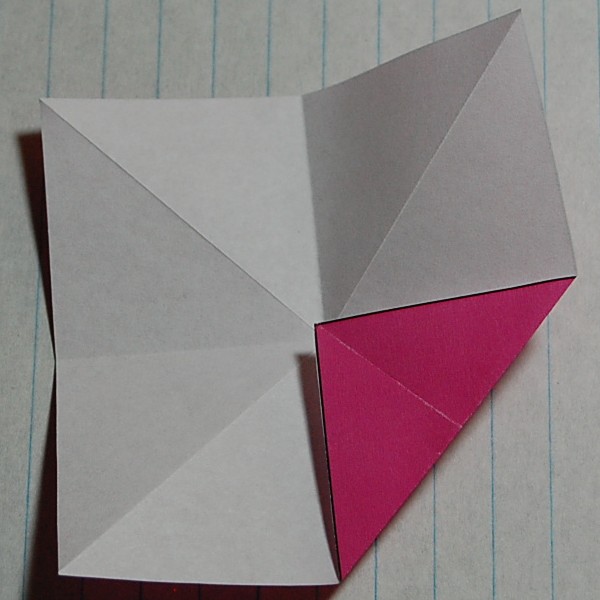
Image 4. Next, with the paper in the orientation above, fold one corner almost to the center and crease it. This will be the result. Also fold over the opposite corner.

Image 5. Then fold the paper in half so the valley fold showing on top of the colored corners is reversed. This shows the paper held in that position.
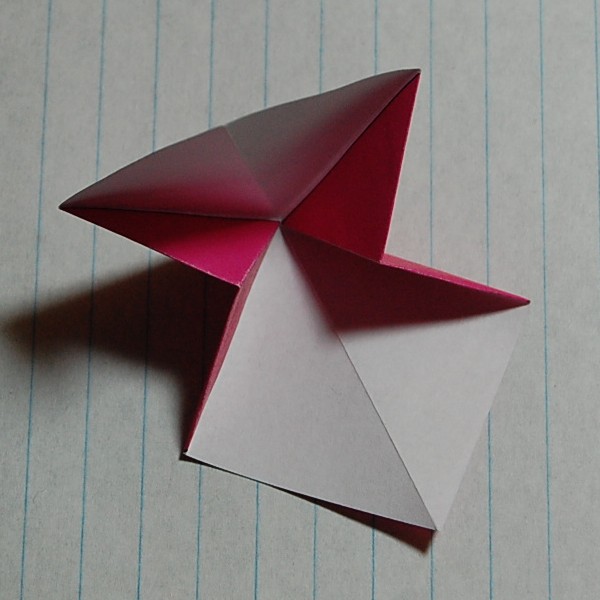
Image 6. Now turn the paper so you can bring those two corners inside, and also press in the two other corners that you didn't fold back. It will look like this when lain down.
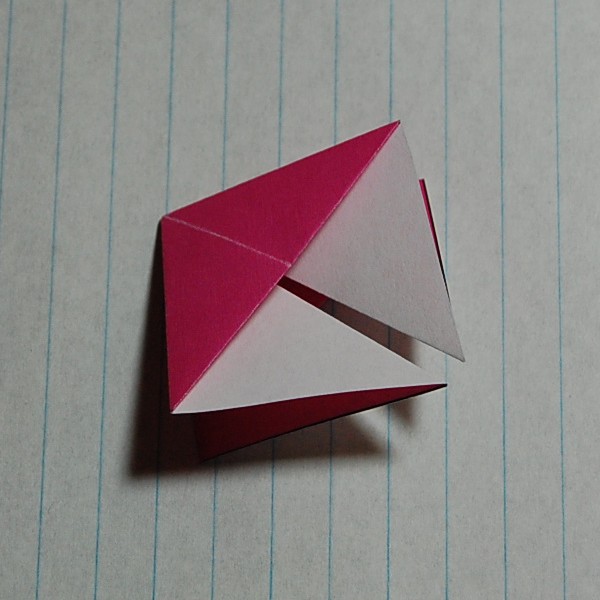
Image 7. Bring newly-formed corners together, without making any new folds, so the paper is in this shape. The corners you folded are now inside.

Image 8. Now we introduce the asymmetry needed to make the modules attach to one another in sequence. The open tip becomes the vertex of a new fold on one side only. The fold I made here is for "right handed" modules. All the modules to make one shape have to have the same handedness. So fold the outer edge of one side to the center fold as shown. This is one kind of "lily fold" or "petal fold." Turn the piece over and repeat. Do just two, not four. We are not making petals.
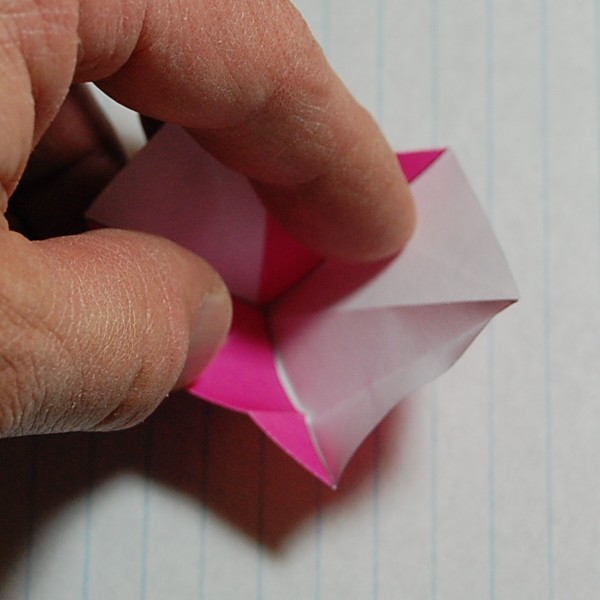
Image 9. This shows how the piece looks when opened to show the internal folds. We have to reverse two of the three folds made in each of the two operations, when we did the two petal folds.

Image 10. This shows just the two inner folds of one petal fold reversed.
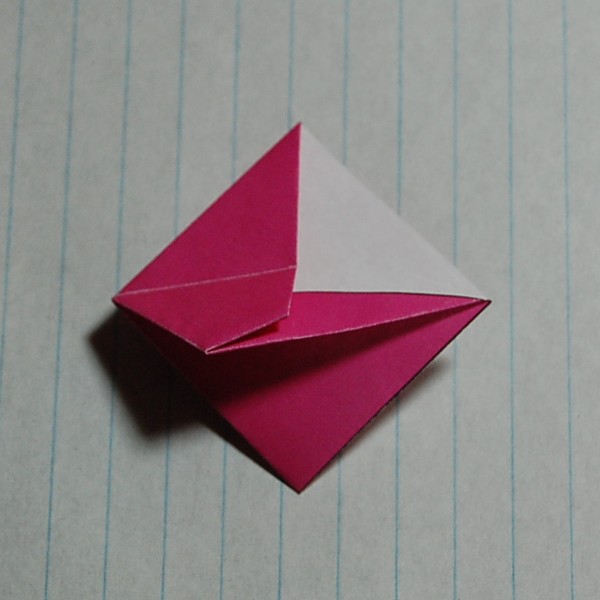
Image 11. Same orientation as Image 8, showing how the fold is now inverted. Do both petal folds.
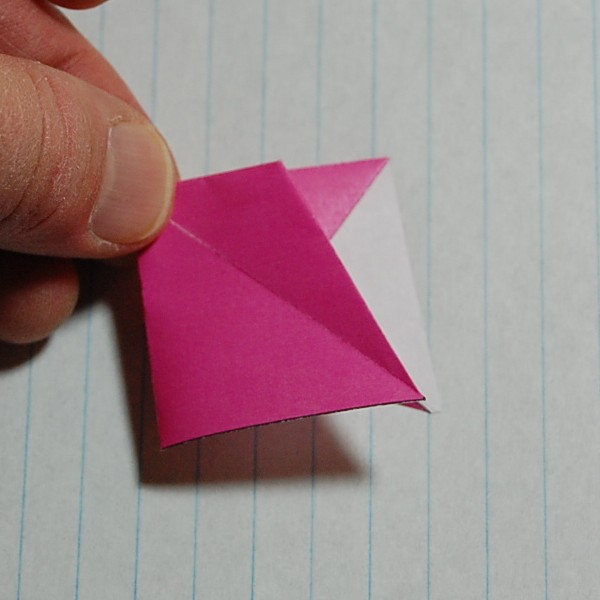
Image 12. Turn both petal folds so that the formerly partly hidden surfaces are revealed. Now we are ready to make the locking folds that hold it all together, form the pockets for the tabs, and expose the tabs.

Image 13. The tip of the petal is folded back to the corner that is the center of the paper and creased. Here one side is done. Do both.

Image 14. The piece is opened to show the inside from the "bottom." The newly folded parts will be tucked into the space shown to lock everything together. The corner below will tuck in and hold the "wiggle" on the left, which is part of the petal fold on that side. The corner above will tuck in and hold the "wiggle" on the right.
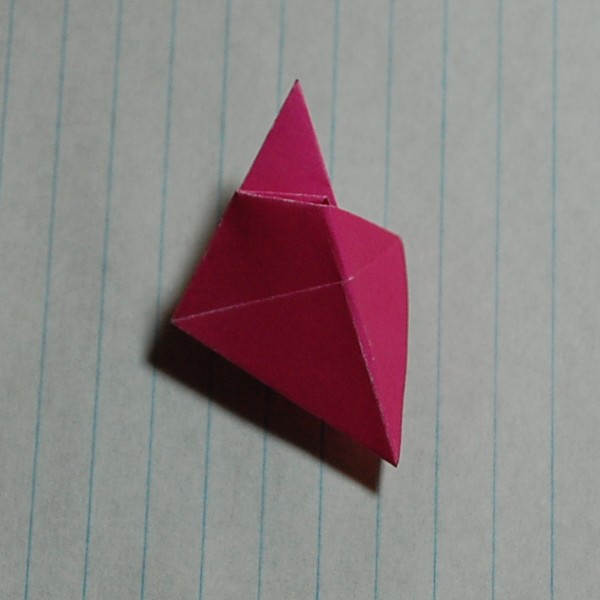
Image 15. Fold one corner back around the whole piece as shown, so it is prepared to be tucked inside.

Image 16. This shows the corner tucked in, holding one "wiggle", with the other "wiggle" showing.

Image 17. I fold over, then curl the second corner a little to make it easier to tuck in. Here it is shown half tucked in.
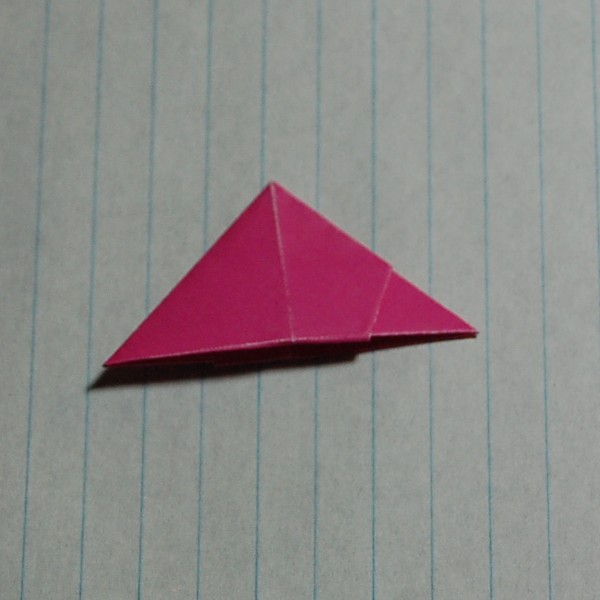
Image 18. Almost done. Note that you can see the pocket for one tab. The other is on the opposite side.

Image 19. Fold back the tabs away from the pockets. This is a finished piece.
The "pole angle" for this piece is 112.5 degrees (with a degree or two of slop, depending on carefulness of technique. Paper is forgiving). The variations I'll now show allow us to vary the "pole angle" from 108° to more than 130°. Shapes with many modules tend to need smaller "pole angles." Now to define it: the pole angle is the angle between a polyhedron's edge and an imaginary pole protruding from the center of the polyhedron, through the join between one edge and the next.
The polyhedron at the top of this post is shown looking almost right down one pole. Four edges meet at the vertex through which that pole protrudes. This particular shape has ten modules going around a great circle of the inscribed sphere, so each sits at a 36° angle to the next. This leads to a pole angle of 90°+18° = 108°, which is far enough from the 112.5° pole angle of the "original module" to cause trouble.

Image 20. These pieces are shown in the basic fold, colored side up so the diagonal folds show as valley folds and the square folds show as mountain folds. You'll begin by working on the non-color side, as before.
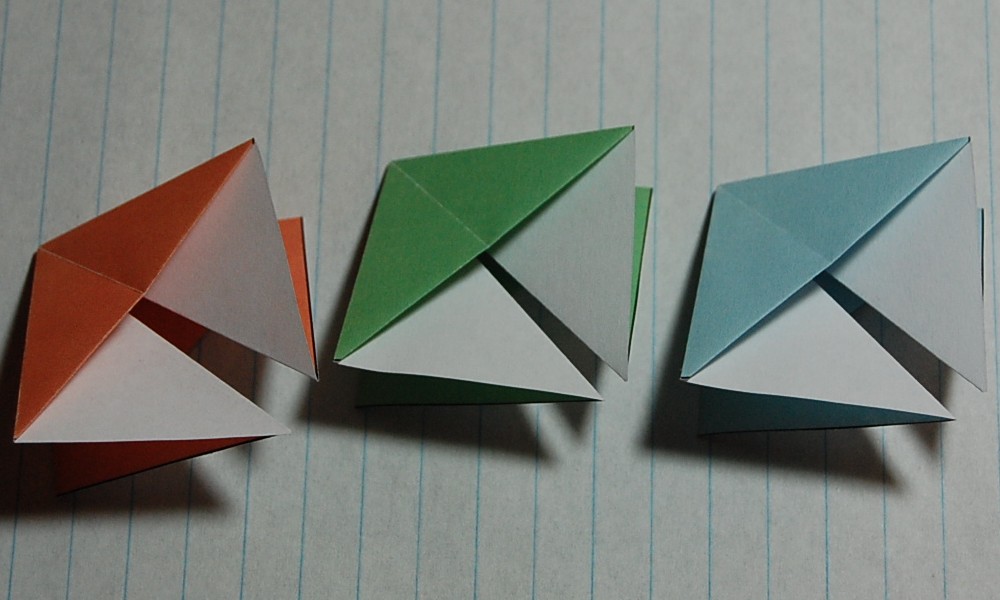
Image 21. Here all three are ready to make the petal folds. At this point they are all the same.
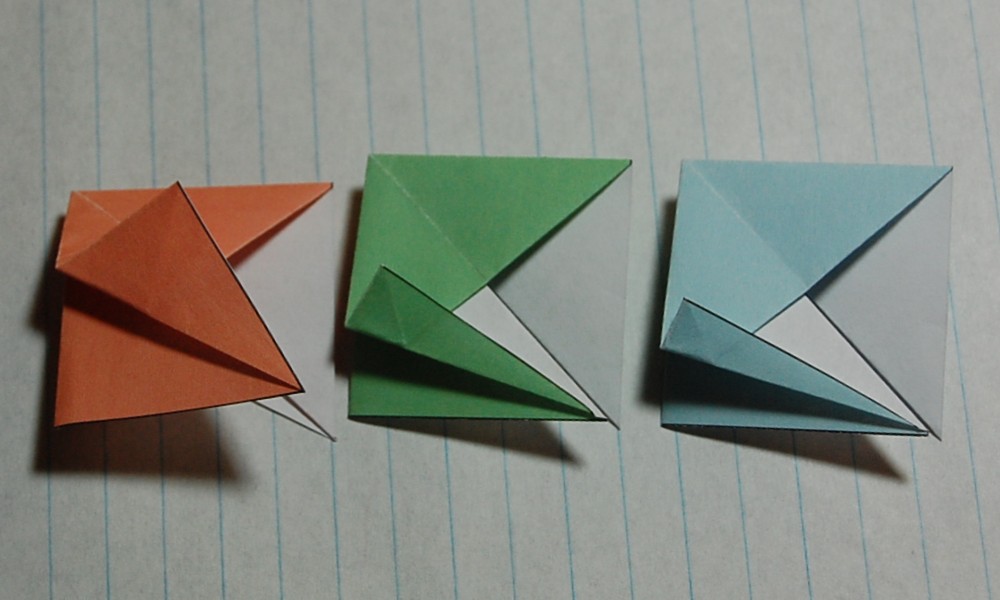
Image 22. The petal folds make the difference. For the orange piece, the fold was made across the center line such that the folded edge and the folding edge have the same angle at the outer corner. This will make a module with pole angles of 108°. The green piece is folded only halfway to the center, getting ready for pole angles of almost 124°. The blue piece is folded on-fourth of the way to the center, preparing for pole angles of just over 129°. This is the largest practicable pole angle. The absolute limit is 135°, at which point the tab size is zero.
You may also use two-thirds or one-third the way to the center for pole angles of 120° and 127.5°.
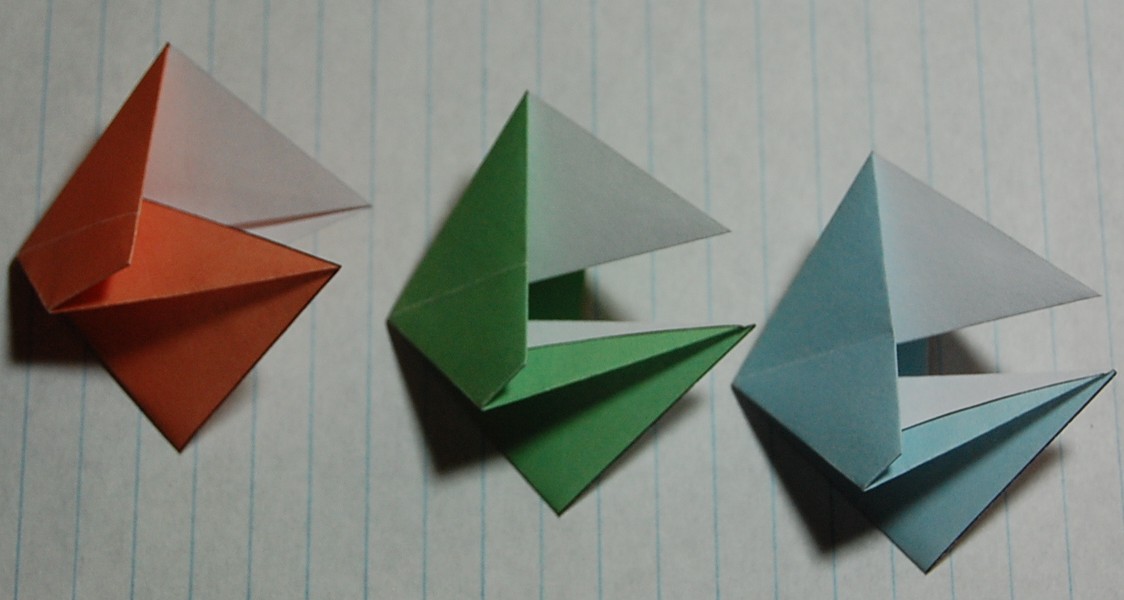
Image 23. Here the inner folds have been inverted. These are ready for turning. The orange piece in particular, must be turned carefully so the inside corner of the petal fold doesn't get crumpled.

Image 24. The three pieces ready for locking folds.
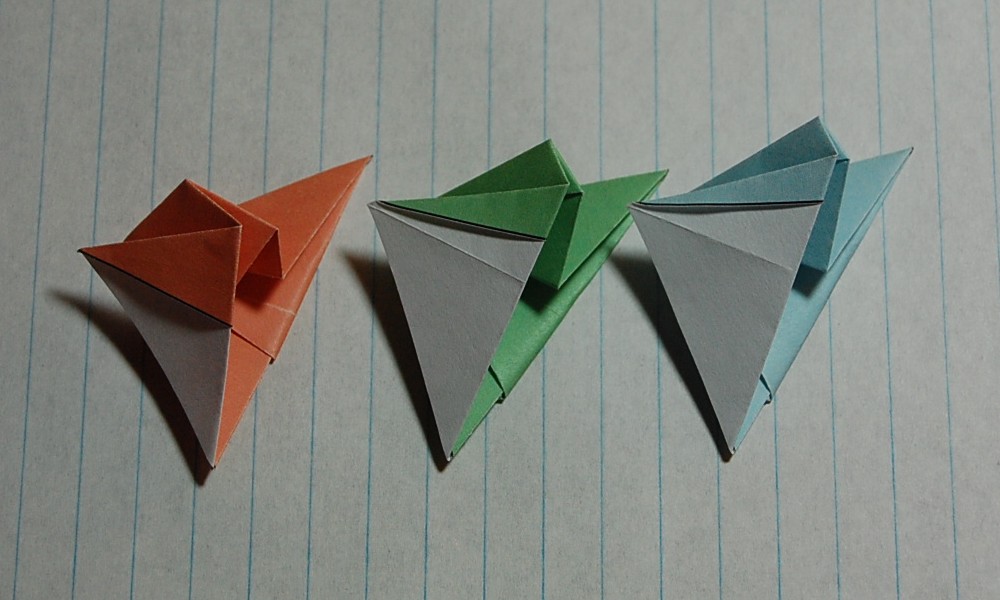
Image 25. The first locking fold on each has been made.
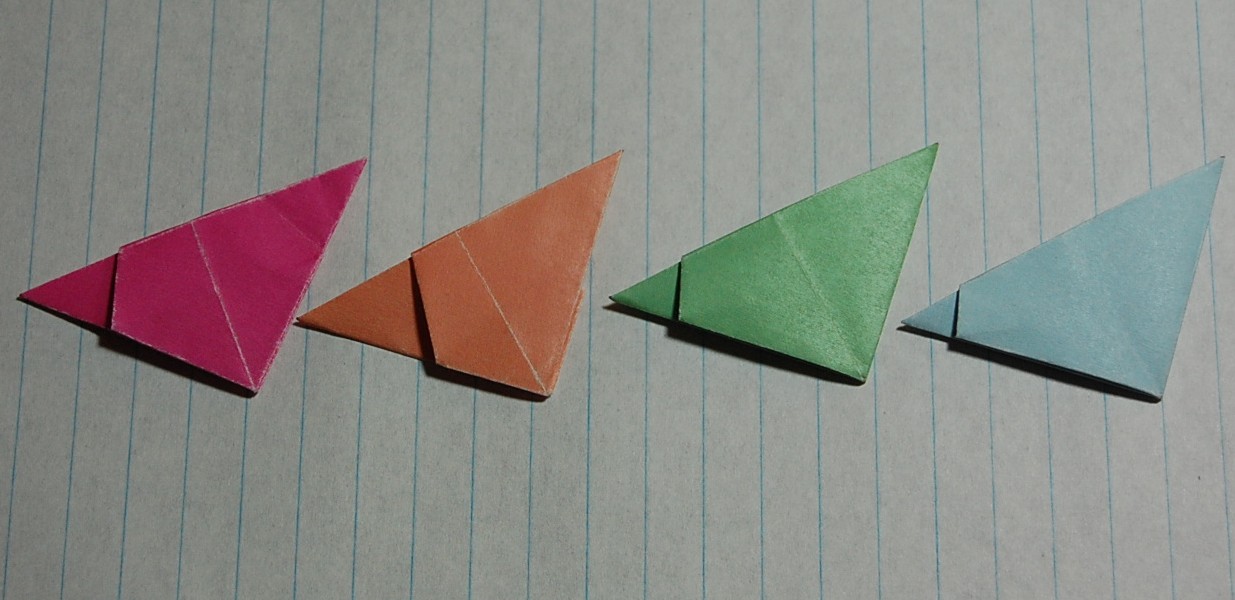
Image 26. The four modules finished, showing how the four angles appear. I turned them to emphasize the tab pockets with shadows.
Once several modules of the same angle are completed, and the tabs bent back, you can begin to see how they fit together to make the polyhedral shapes. This will be covered in a later post...it may be a while, it takes a lot of modules to make most shapes.
 Look carefully near the upper-right corner of this image. Folks on the way from Southern California to Las Vegas, about seven miles after leaving Barstow, can look to the left and see "CALICO" near the top of a nearby, small mountain.
Look carefully near the upper-right corner of this image. Folks on the way from Southern California to Las Vegas, about seven miles after leaving Barstow, can look to the left and see "CALICO" near the top of a nearby, small mountain.

